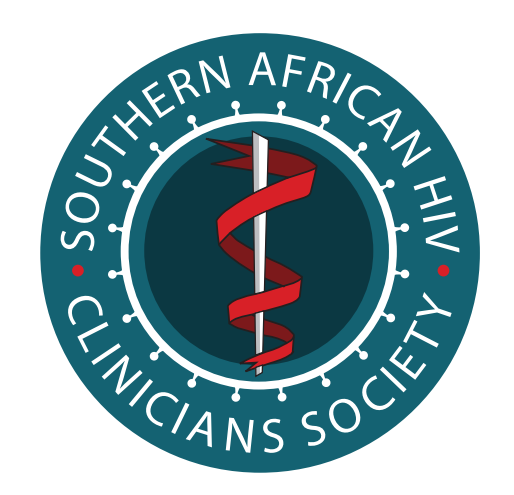Original Research
Self-reported risky sexual practices among adolescents and young adults in Botswana
Submitted: 14 August 2018 | Published: 26 June 2019
About the author(s)
Unoda Chakalisa, Botswana Harvard AIDS Institute Partnership, Gaborone, BotswanaKathleen Wirth, Harvard T.H. Chan School of Public Health, Boston, United States
Kara Bennett, Bennett Statistical Consulting, Ballston Lake, United States
Etienne Kadima, Botswana Harvard AIDS Institute Partnership, Gaborone, Botswana
Kutlo Manyake, Botswana Harvard AIDS Institute Partnership, Gaborone, Botswana
Tendani Gaolathe, Botswana Harvard AIDS Institute Partnership, Gaborone, Botswana
Pam Bachanas, Centers for Disease Control and Prevention, Division of Global HIV/AIDS and TB, Atlanta, United States
Tafireyi Marukutira, Centers for Disease Control and Prevention, Gaborone, Botswana
Refeletswe Lebelonyane, Botswana Ministry of Health and Wellness, Gaborone, Botswana
Scott Dryden-Peterson, Brigham and Women’s Hospital, Boston, United States
Lisa Butler, Institute for Collaboration on Health, Intervention and Policy, University of Connecticut, Storrs, United States
Mompati Mmalane, Botswana Harvard AIDS Institute Partnership, Gaborone, Botswana
Joseph Makhema, Botswana Harvard AIDS Institute Partnership, Gaborone, Botswana
Michelle E. Roland, Centers for Disease Control and Prevention, Gaborone, Botswana
Molly Pretorius-Holme, Harvard T.H. Chan School of Public Health, Boston, United States
Max Essex, Harvard T.H. Chan School of Public Health, Boston, United States
Shahin Lockman, Brigham and Women’s Hospital, Boston, United States
Kathleen M. Powis, Massachusetts General Hospital, Boston, United States
Abstract
Background: Adolescents and young adults account for more than one-third of incident Human Immunodeficiency Virus (HIV) infections globally. Understanding sexual practices of this high-risk group is critical in designing HIV targeted prevention programming.
Objectives: To describe self-reported risky sexual practices of adolescents and young adults aged 16–24 years from 30 Botswana communities.
Methods: Cross-sectional, self-reported age at sexual debut; number of sexual partners; condom and alcohol use during sex; intergenerational sex; and transactional sex data were collected. Modified Poisson estimating equations were used to obtain univariate and multivariate-adjusted prevalence ratios (PR) and 95% confidence intervals (CI) comparing engagement in different sexual practices according to gender, accounting for the clustered design of the study.
Results: Among the 3380 participants, 2311 reported being sexually active with more females reporting being sexually active compared to males (65% vs. 35%, respectively; p < 0.0001). In univariate analyses, female participants were more likely to report inconsistent condom use (PR 1.61; 95% CI 1.44–1.80), intergenerational sex (PR 9.00; 95% CI 5.84–13.88) and transactional sex (PR 3.46; 95% CI 2.07–5.77) than males, yet less likely to report engaging in sex before age 15 years (PR 0.59; 95% CI: 0.41–0.85), using alcohol around the time of intercourse (PR: 0.59; 95% CI 0.45–0.76) or having ≥ two partners in the last 12 months (PR 0.65; 95% CI 0.57–0.74).
Conclusions: Self-reported risky sexual practices of adolescents and young adults in Botswana differed significantly between males and females. Gender-specific risky sexual practices highlight the importance of developing tailored HIV prevention programming.
Keywords
Metrics
Total abstract views: 3483Total article views: 3741
Crossref Citations
1. Sexual health practices: A comparison of international and domestic students on Canadian campuses
Danielle de Moissac, Jan Marie Graham, Ndeye Rokhaya Gueye, Kailey Penner
The Canadian Journal of Human Sexuality year: 2024
doi: 10.3138/cjhs-2023-0026
